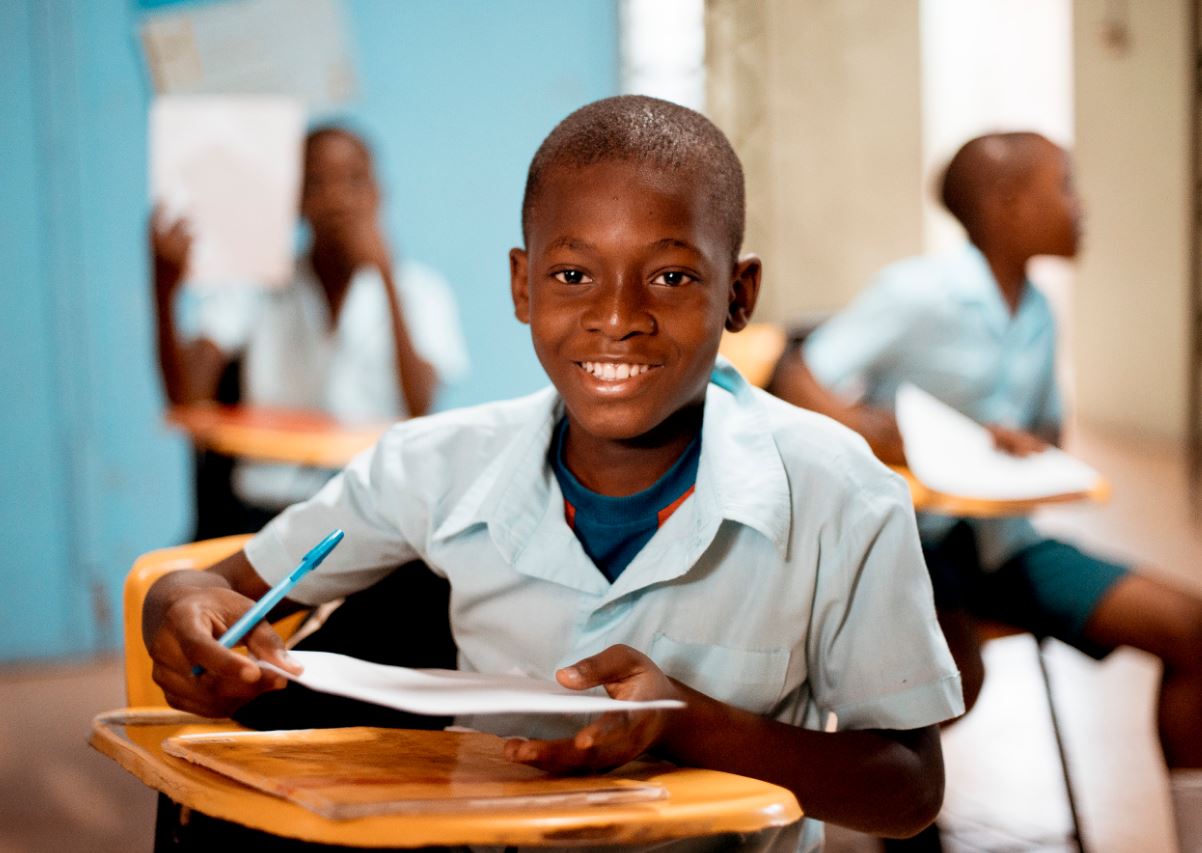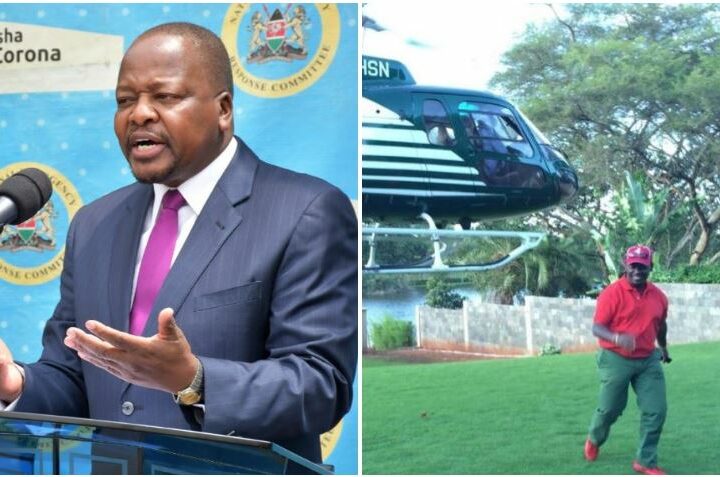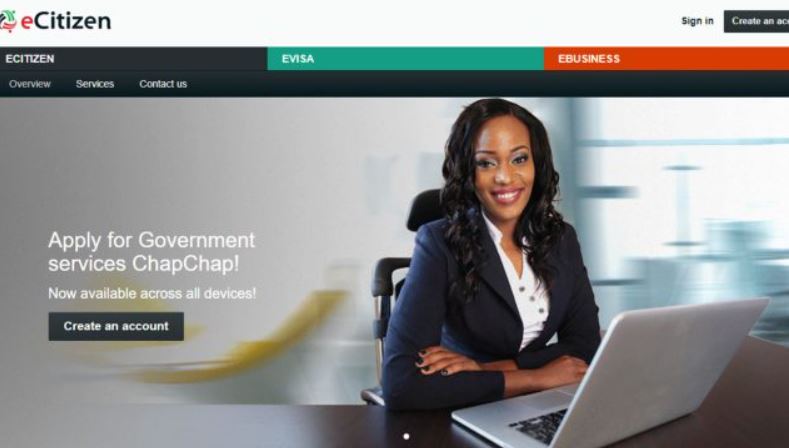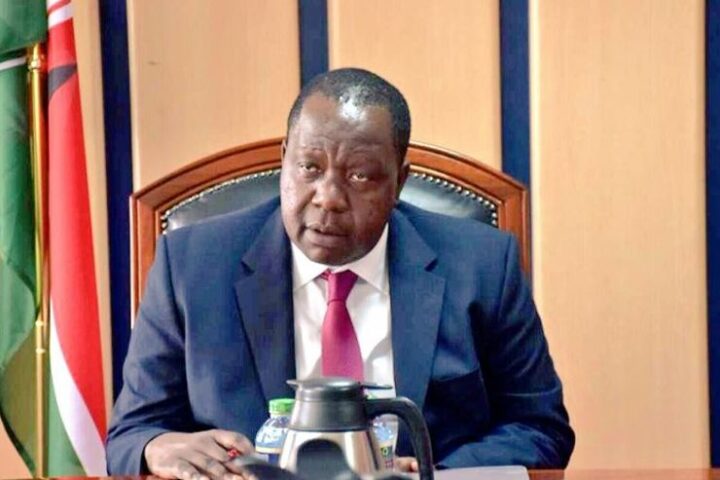
Kenya has proven to be one of the standout countries on the continent when it comes to reinvigorating education in the post-COVID era. The Financial Times reports that the country has committed a quarter of its total government budget to education alone.
What’s more, Kenya is facilitating multiple initiatives that are paving the way to total recovery from pandemic-related issues –– and addressing the needs of the pupils that COVID left behind.
We discuss a few such initiatives below.
Better accessibility
The Kenyan government began sponsoring free primary education in 2002, and secondary education followed in 2008.
While these were major first steps in the country’s fight for better and more accessible education however, there are many barriers that still need to be overcome. One is that though Kenya approved free and compulsory education for disabled pupils in 2010, providing accessible materials for learning has been an uphill battle.
Government programme e-Kitabu is slowly changing that via “Digital Story Time,” which uses programming created by a deaf-led team of native KSL users and broadcasted twice a day for free across the country.
With this initiative, e-Kitabu aims to give all children early access to literacy.
Increased gender equality
Gender gaps in the classroom have always been a prevalent issue in Kenyan education. This is especially true with regard to STEM; Business Daily Africa reports that though free education in Kenya has bridged the gap at the primary and secondary levels, the same is not true for tertiary education.
Software developer and technology activist Lady Mariéme Jamme is working to change this by bypassing issues of access and directly improving girls’ digital literacy through mentorship.
She and her team have recently been teaching coding languages to girls in far-flung areas like the Kakuma refugee camp, giving the students the opportunities, they need to unlock better prospects for further education and career development.
Improved methods of learning
It’s undeniable that virtual learning under COVID falls short of in-person education in terms of learning outcomes –– which is why Kenyan educators are turning to better, scientifically backed teaching methods as schools reopen.
One such method is a structured pedagogical approach being advanced by government partner Bridge Kenya.
In this case, educators from Cambridge, Massachusetts formulate high-quality materials and instructions that are then delivered by trained teachers in Bridge classrooms. This has proven successful, with Bridge pupils outperforming the KCPE nationwide average for the past six years.
An updated curriculum
COVID-19 has permanently transformed the future of work. Today, tech-related jobs are in high demand across the continent, and it’s clear that Kenya’s old curriculum –– which was created all the way back in 1985 –– is now outdated.
The Kenyan government responded to this issue by introducing a 2-6-6-3 framework last year, with each number indicating how many years are spent in pre-primary, primary, secondary, and tertiary education.
ICT is emphasised in all subjects, including sports, arts, and the social sciences. Additionally, as we’ve mentioned in the past, the Ministry of Education is taking things a step further by pushing for mandatory career guidance in secondary schools –– helping pupils get a leg up in life.
Though COVID-19 has made the road ahead more challenging, the Kenyan government and its partners are doing everything they can to make that road smoother.
These initiatives show both where progress is being made and needs to begin — factors that will inform the creation of more effective recovery strategies moving forward.








